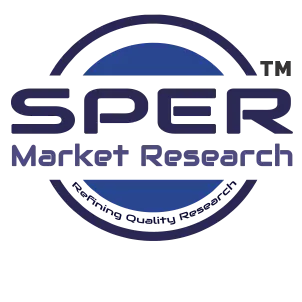Global PVC Additives Market is projected to be worth 12.49 billion by 2034 and is anticipated to surge at a CAGR of 6.27%.
PVC additives are specialized chemicals added to polyvinyl chloride (PVC) to enhance its properties, performance, and processability for various applications. PVC in its pure form is rigid and brittle, so additives are essential to improve flexibility, durability, stability, and appearance. Common types of additives include plasticizers, which make PVC flexible; stabilizers, which protect against heat and UV degradation; lubricants, which aid processing; impact modifiers, which increase toughness; and flame retardants, which enhance safety. These additives allow PVC to meet the specific requirements of end-use industries such as construction, packaging, automotive, and electrical, making it a versatile and widely used material.
Drivers: The construction and packaging industries are key drivers of PVC additive demand. In construction, urbanization in regions like Asia Pacific, Africa, and Latin America is fueling the need for durable, cost-effective, and versatile materials. PVC, enhanced with stabilizers, impact modifiers, and lubricants, offers improved UV resistance, durability, and weather performance, making it ideal for pipes, window profiles, roofing, and siding. In packaging, PVC is widely used in rigid and flexible applications, including food, medical, and consumer goods packaging. Additives enhance flexibility, clarity, durability, and processability. Growing consumer focus on safety, shelf life, recyclability, and environmental sustainability, along with e-commerce growth, further boosts demand for high-performance, eco-friendly PVC additive solutions globally.
Challenges: The PVC additives market faces several challenges that can hinder growth. High production costs and fluctuating raw material prices increase overall expenses for manufacturers. Strict environmental regulations, particularly in developed regions, limit the use of certain additives due to concerns over toxicity, emissions, and recyclability. Additionally, growing demand for sustainable and eco-friendly alternatives requires continuous innovation, adding pressure on research and development. Competition from alternative materials, such as bio-based plastics and other polymers, also poses a threat. Ensuring consistent quality and performance of additives across diverse applications remains a persistent market challenge.
Market Trends: The PVC additives market is evolving with trends focused on sustainability, performance enhancement, and regulatory compliance. Manufacturers are increasingly developing eco-friendly and bio-based additives to meet environmental standards and consumer demand for safer products. There is growing adoption of high-performance stabilizers, plasticizers, and impact modifiers to improve durability, flexibility, and UV resistance in construction, packaging, and automotive applications. Additionally, technological innovations and digitalization in manufacturing processes are driving efficiency, product consistency, and the development of customized additive solutions across various end-use industries.
Global Market Key Players:
AkzoNobel, BASF, Chevron Phillips Chemical, Clariant, Dow, DuPont, Evonik, Formosa Plastics, Ineos, Lanxess, LyondellBasell, Mitsubishi Chemical.
Global PVC Additives Market Segmentation:
By Product: Based on the Product, Global PVC Additives Market is segmented as; Stabilizers, Impact Modifiers, Processing Aids, Lubricants, Plasticizers, Others.
By End-use: Based on the End-use, Global PVC Additives Market is segmented as; Building and Construction, Transportation, Packaging, Consumer Products, Medical, Others
By Region: This research also includes data for North America, Latin America, Asia-Pacific, Europe and Middle East & Africa.
This study also encompasses various drivers and restraining factors of this market for the forecast period. Various growth opportunities are also discussed in the report.






















